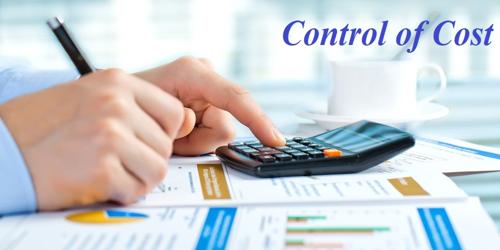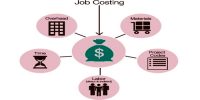Control of Cost
The control of cost or cost control is the practice of managing and/or reducing business expenses. Cost controls start by the businesses identifying what their costs are and evaluate whether those costs are reasonable and affordable. Then, if necessary, they can look for ways to cut costs through methods such as cutting back, moving to a less expensive plan or changing service providers. The cost-control process seeks to manage expenses ranging from phone, internet and utility hills to employee payroll and outside professional services. It is the practice of identifying and reducing business expenses to amplify profits, and it starts with the budgeting procedure.
The following main steps are related to cost control:
- Create a baseline. Establish a standard or baseline against which actual costs are to be compared.
- Calculate a variance. Calculate the variance between actual results and the standard or baseline noted in the first step.
- Investigate variances. Conduct a detailed drill-down into the actual cost information to ascertain the reason for an unfavorable variance.
- Take action. Recommend to management whatever corrective actions are needed to reduce the risk of continued unfavorable cost variances.
Control of Cost is a significant feature for maintaining and growing productivity. Implementing this level of control can have a reflective optimistic impact on profits over the long term.
















